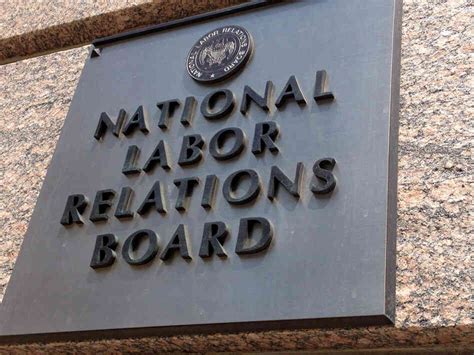July 25, 2011
By Harry Kelber
In states and cities around the country, unions are being pressured to make concessions in wages and benefits in order to prevent wholesale layoffs of their members. The concessions include a wage freeze, furloughs, an increase in health care and pension contributions, wage cuts, changes in work rules and revision of collective bargaining agreements.
Faced with the imminent layoff of 1,000 of their members on order of the Cuomo administration, the Public Employees Federation (PEF) signed a five-year agreement on July 16, with a wage freeze for the first three years, In addition, each PEF member will be furloughed for nine days without pay, at an estimated savings to the state of $400 million.
Union members can also look forward to an increase in health insurance premiums under a newly designed health-care plan. In return for the concessions, Gov. Cuomo will cancel the layoff orders. PEF is one of the largest unions in New York State, with 56,000 members. It represents professional, scientific and technical employees.
In Connecticut, facing 6,500 layoffs and punishing program cuts, the leadership of the state’s unions on July 18 agreed to a 5-year contract that included a two-year wage freeze and additional contributions to health care and pension funds. The deal will produce $1.6 million in labor savings for the state over two years.
In Los Angeles, Mayor Villaraigosa told unions representing city workers that they would have to make major concessions to avoid widespread layoffs, including possibly deferring pay raises, cutting working hours and paying more for retirement benefits.
Dealing with Threats of Layoffs and Wage Cuts
Here are several ways for unions to respond when a Republican or Democratic governor or mayor threatens them with layoffs and wage cuts unless they agree to a string of concessions:
(1) The governors or mayors usually express their layoff threats in round numbers (like 500 or 6,000). The union should insist on a breakdown of those figures and how they were arrived at.
(2) The union should demand detailed information as to who, besides unions, are being asked to make up the budget deficit. (What about Wall Street, banks, major corporations and wealthy individuals?) Is the governor and his staff, and each member of the state legislature taking a pay cut or a furlough?
(3) Have other alternatives to the layoffs been considered? (a shorter workweek, a federal bailout, a reduction in public services or operating at a temporary budget deficit?
(4) Collective bargaining to limit the union concessions, rather than confronting unions with ultimatums.
(5) If no agreement is reached, members of the union will have to decide whether to accept the layoffs or go on strike to preserve their negotiated wages and benefits.



